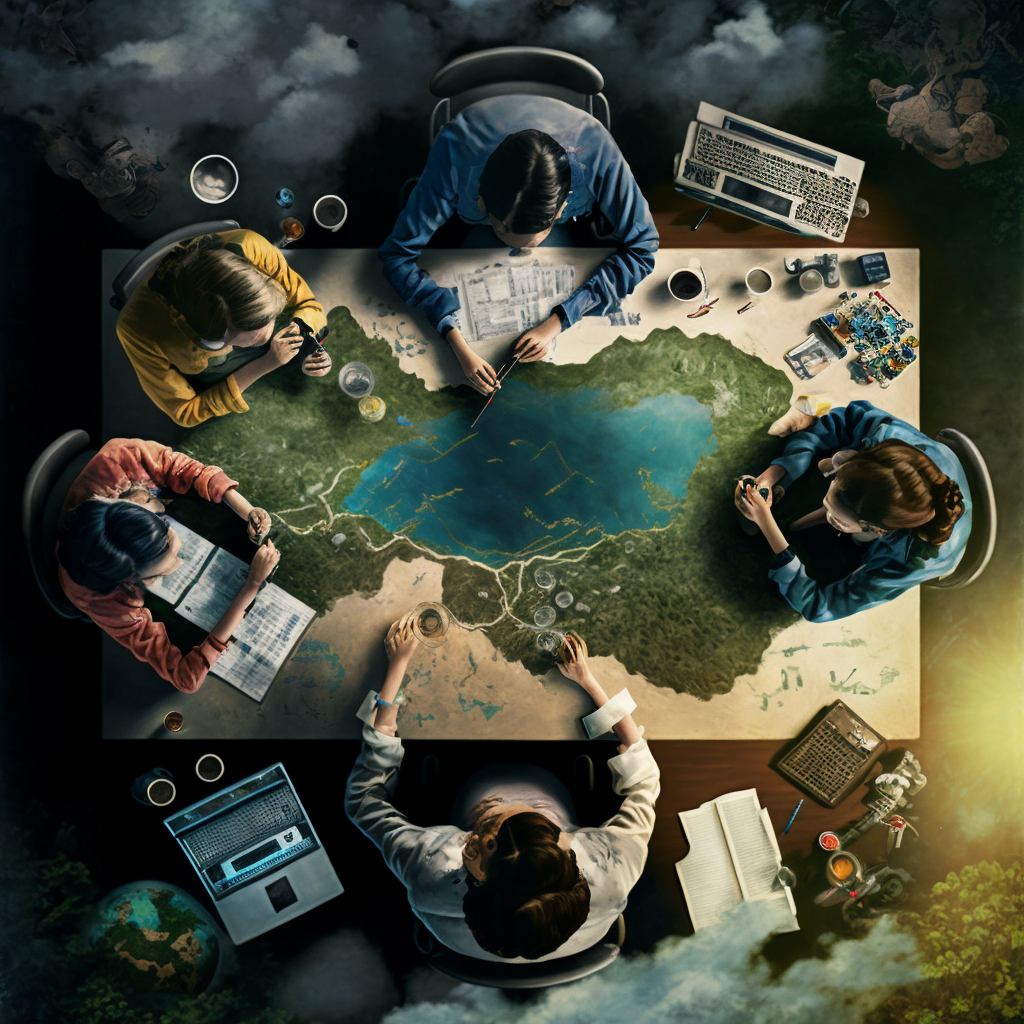The Cluster’s ongoing equity and inclusion work will be presented to American Geophysical Union (AGU) Annual Fall Meeting attendees on December 13.
Team Science Approach Front and Center for Big Data Cluster on AGU22 Day 2
Posted: January 4, 2026

A poster session titled Equity, Diversity, and Community: Opportunities for Critical Zone Science and Education is the product of two years of conversations, collaborations, and lessons shared and learned by members of the Big Data Cluster.
University of Vermont based post doctoral student Dustin Kincaid will be on hand to introduce meeting attendees to this work during the 3 ½ hour session at AGU. While those who visit the poster may see a single individual, Kincaid is quick to describe the collaborative nature of the work presented.
The Cluster’s commitment to a Team Science approach to their work means that before the actual science begins, individual members and collaborative groups take the necessary time to lower barriers and dissolve silos that oftentimes reinforce systemic inequalities between identities and cultures.
It's something all two dozen members of the Big Data Cluster hope to bring to their work throughout the sciences, a slow process to be sure. But the rate of change isn’t the measure of progress. It’s the small steps along the way that will add up over time. The kindness of usually marginalized voices expressing empathy with the unconscious bias of team members, the commitment to challenging the status quo of science, technology, engineering, and math education itself, and adding to the growing chorus of voices calling for a new approach to scientific project team building are the early outcomes of this work - not building “inclusivity” but “community”. Where the table isn’t set and then others invited to sit, but all join to set the table together.
Work described in the AGU poster session is only the beginning and will be further explored in the recently accepted Equity, Diversity, and Community as the Basis for Critical Zone Science and Education which will appear in an upcoming issue of Earth's Future.

 Big Data
Big Data